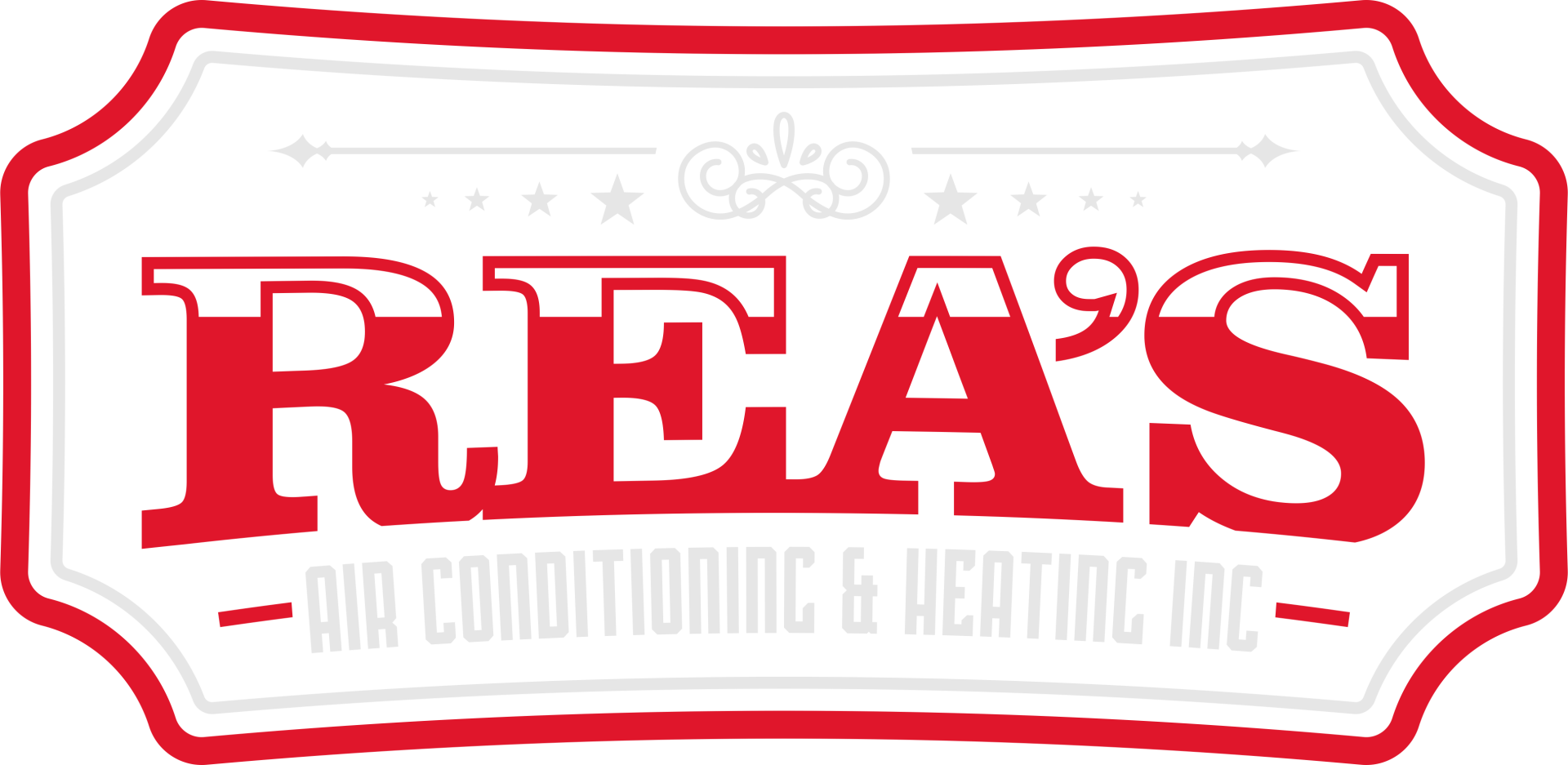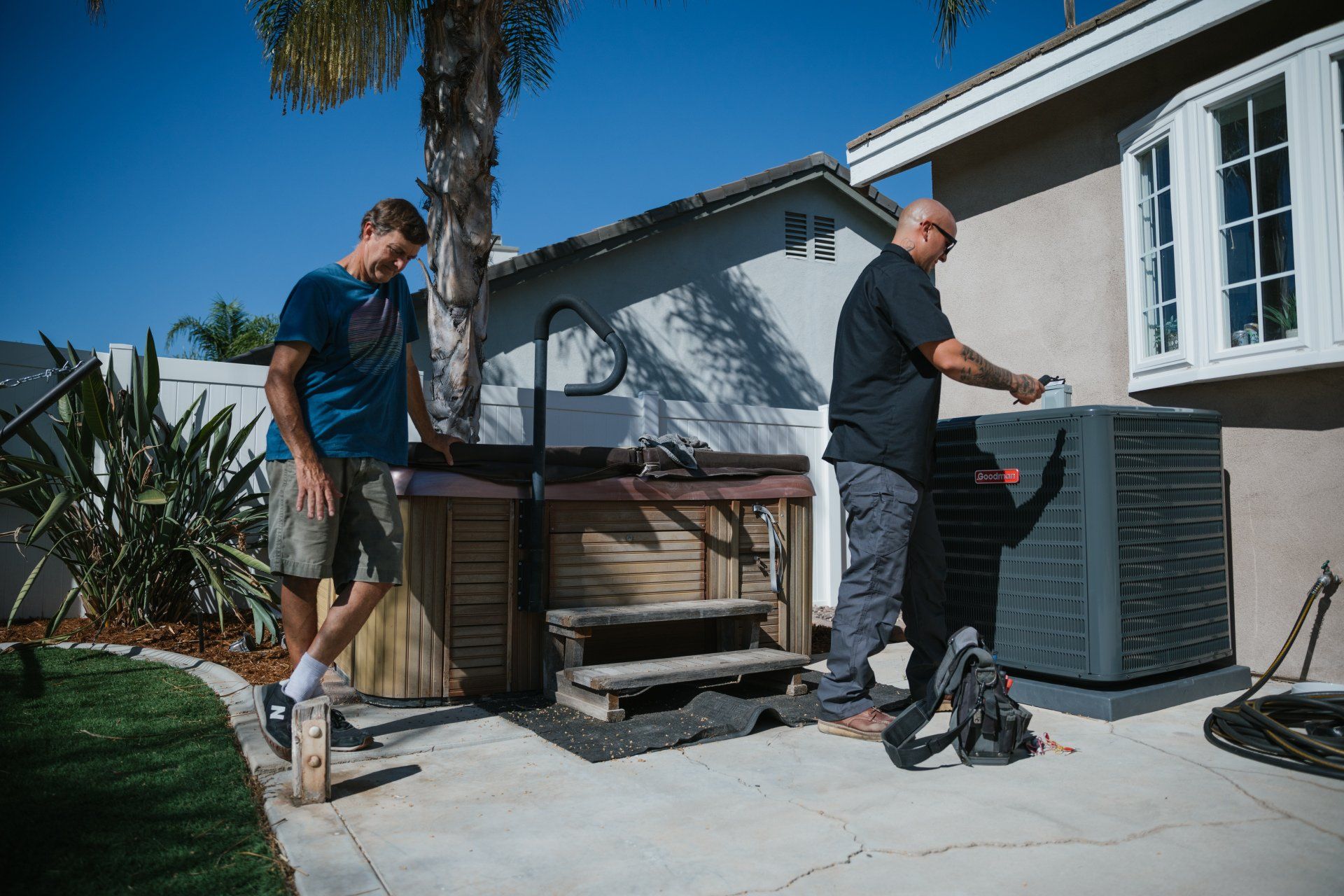The Silent Killer: Protecting Your Home from Carbon Monoxide
Essential Strategies for Carbon Monoxide Detection and Prevention
In the quest to make our homes safer and more comfortable, an invisible threat often goes unnoticed until it's too late—carbon monoxide (CO). Dubbed the "silent killer," carbon monoxide is a colorless, odorless gas that can cause sudden illness and even death if not detected early. Homes with HVAC systems, gas stoves, water heaters, or any appliances that burn fuel are at risk of CO exposure. This makes the installation of carbon monoxide detectors an essential safety measure. We'll explore the critical role of carbon monoxide detectors in safeguarding your home, offer crucial safety tips, and provide guidance on the optimal placement of these life-saving devices.
Understanding the Risk
Carbon monoxide is produced anytime a fossil fuel is burned. If not correctly installed or maintained, HVAC systems can become potential sources of CO leakage. The danger lies in the risk of malfunctioning appliances and the potential for blocked vents and chimneys, which can cause CO to accumulate indoors. Early symptoms of CO poisoning include headache, dizziness, weakness, upset stomach, vomiting, chest pain, and confusion, mimicking the flu, making it even harder to detect without a proper alarm system.
The Importance of Carbon Monoxide Detectors
Carbon monoxide detectors are designed to alert occupants to the presence of CO, providing an early warning that can prevent CO poisoning and save lives. They are an essential layer of protection, especially in homes that use gas appliances or have attached garages. Like smoke detectors, CO detectors should be considered non-negotiable for every home.
Safety Tips for Carbon Monoxide Protection
- Regular Maintenance: Ensure your HVAC system, water heater, and any other gas, oil, or coal-burning appliances are serviced by a qualified technician every year.
- Ventilation Check: Keep vents and flues free of debris. Blocked or partially blocked vents can lead to a buildup of CO inside the home.
- Safe Usage: Never use portable flameless chemical heaters indoors. While they don't produce smoke, they do emit CO.
- Awareness: Be aware of the symptoms of CO poisoning and educate your family about them. If a CO alarm sounds, move to fresh air immediately and call emergency services.
Detector Placement Advice
The placement of CO detectors can significantly impact their effectiveness. Here are some guidelines to ensure optimal protection:
- On Every Level: Install CO detectors on every level of your home, including the basement, to ensure that no area is left unprotected.
- Near Sleeping Areas: Ensure that detectors are installed near bedrooms or other sleeping areas to alert you when you are most vulnerable.
- Height Matters: While CO mixes with air, placement near the ceiling or on the wall at least five feet above the floor can ensure the best detection. Avoid placing detectors right next to or over a fireplace or flame-producing appliance.
- Distance from Fuel-Burning Appliances: Place detectors at least 15 feet away from fuel-burning appliances to prevent false alarms, as these appliances can emit a small amount of CO upon startup.
- Maintenance: Test your CO detectors monthly and replace batteries at least once a year, or consider models with a sealed battery that lasts up to 10 years.
Conclusion
Protecting your home and family from the dangers of carbon monoxide requires awareness, preparation, and action. By understanding the risks, ensuring the proper maintenance of household appliances, and strategically placing carbon monoxide detectors throughout your home, you can safeguard against this silent killer. Remember, prevention is the best defense against carbon monoxide poisoning, and installing CO detectors is a critical step in that process. Stay safe, stay informed, and ensure your home is equipped to detect and respond to the threat of carbon monoxide.






